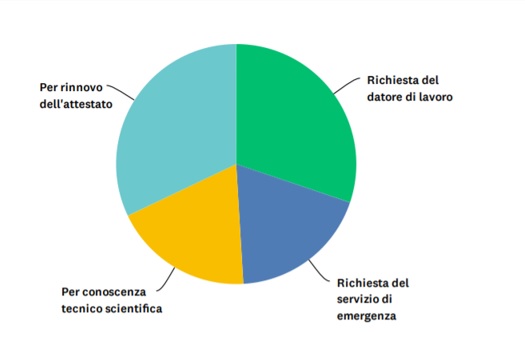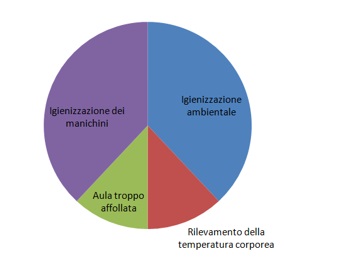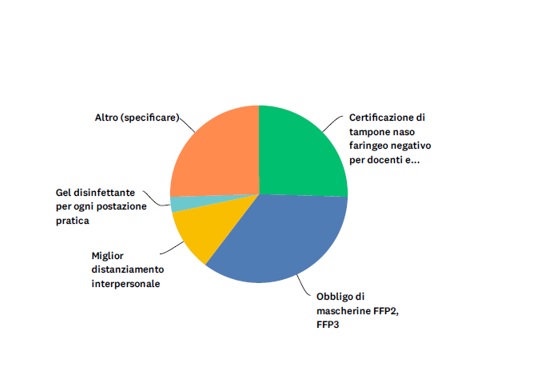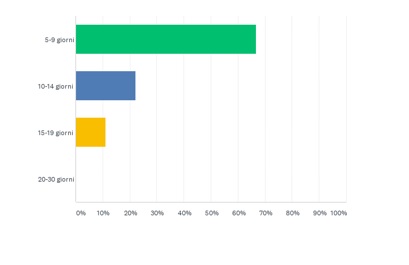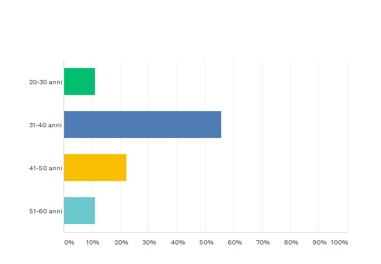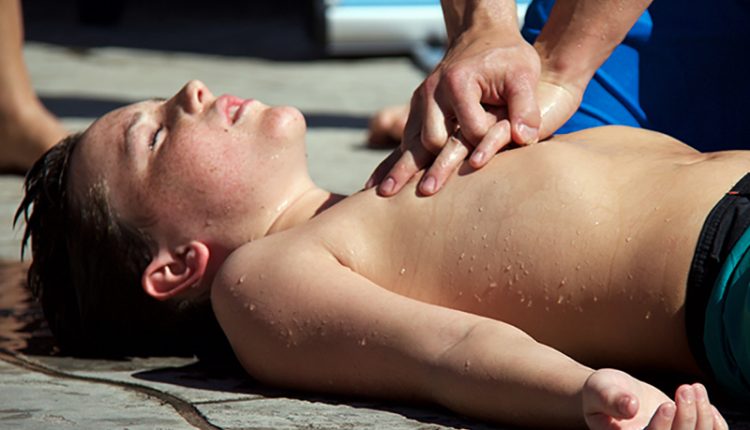
Safety of Basic Life Support (BLS-D) courses in the COVID era: a pilot study
The study conducted by Dr Fausto D’Agostino to assess the safety of BLS-D courses given during the COVID pandemic
Cardiac pathologies are responsible for 35% of all deaths and the cases of sudden cardiac death in Italy are estimated between 50,000 and 70,000 per year: cardiac arrest is the main cause of death in our country.
The percentage of deaths due to cardiocirculatory arrest has not decreased during the pandemic but, on the contrary, deaths due to cardiac arrest have increased due to several factors, first of all the fear of rescuing a patient with suspected potential Sars-Cov-2 infection.
The current pandemic has raised the level of danger for all rescuers (lay and medical) because of the possibility of contagion through the production of droplets and aerosols during cardiorespiratory resuscitation manoeuvres.
In fact, the WHO has considered these life-saving manoeuvres, even though they are essential and should be carried out without delay, to be at high risk of viral contamination for all rescuers and as such should be carried out with specific precautions.
For this reason, it has been necessary to make interim changes to the universally recognised resuscitation protocols (BLS-D: Basic Life Support and Defibrillation)
In persons with confirmed or suspected COVID-19, the standard cardiopulmonary resuscitation sequence is maintained with some recommendations, following the indications of all international rescue acronyms (ILCOR, AHA, ERC, ILSF):
The lay rescuer should avoid approaching the victim’s face to establish the presence of breaths and should proceed with hands-only CPR with advice to cover the victim’s mouth and nose with a mask or by placing a garment over them to limit the spread of aerosol;
during the current COVID-19 pandemic, healthcare workers (but reasonably applicable to ‘lay’ rescuers) should use personal protective equipment when performing resuscitation.
The outbreak of the Sars-Cov-2 pandemic led to an initial suspension of all First Aid courses, which could only be reinstated after the new Ministry of Health Guidelines were issued.
Continuing BLS-D training for 112/118 service personnel or hospitals cannot be suspended or postponed for obvious reasons of acquiring the ability to intervene in the event of cardiac arrest.
In fact, on 23/06/2020 the Ministry of Health produced the circular (prot. no. 21859) “National indications for the containment of SARS-CoV-2 infection in first aid operations and for the training of rescuers”, which lists the new guidelines for performing life-saving manoeuvres safely and the guidelines for the provision of first aid courses during the COVID-19 pandemic.
The following basic requirements must be met for the provision of the BLS-D course
- Large spaces ensuring a distance of at least 2.0 metres between trainees;
- Spaces with windows large enough to ensure air exchange at least every 60 minutes with short breaks;
- drills to be carried out on a dummy and only with the trainee wearing gloves and a surgical mask;
- at the end of each manoeuvre, the simulators (dummies, AED trainers and ventilation equipment) shall be sanitised with specific disinfectants and disposable paper.
In view of the high morbidity and mortality from cardiovascular and respiratory diseases and by virtue of the effectiveness demonstrated by BLSD courses in the management of cardiorespiratory emergencies, it was of primary importance not to suspend Basic Life Support training during a pandemic, both for health workers and lay people.
Maintaining the phase of training in the technical and manual skills of CPR in an ‘in-person’ mode was considered essential, given the need to practise Basic Life Support manoeuvres directly on simulators.
However, ensuring the safety and effectiveness of the procedures was an essential element of the teaching process.
The aim of the pilot study, carried out by Dr Fausto D’Agostino with the Ministry of Health in collaboration with the American Heart Association (AHA) and the Italian Resuscitation Council (IRC), was to assess the safety of BLSD courses given during the pandemic emergency throughout Italy.
Data were collected through an unvalidated questionnaire and administered to the directors of the IRC (Italian Resuscitation Council) and AHA training centres at the end of the courses conducted in the period 1 June 2020 – 31 January 2021.
The questionnaire consists of 14 multiple-choice questions designed to test the degree of implementation of the ministerial circular and any criticalities encountered in the organisation of BLS-D courses in the COVID-19 era.
The questionnaire was anonymous and the data were used in aggregate form.
The questionnaire was administered by email request to all the directors of Training Centres nationwide.
HIGH END DEFIBRILLATORS: VISIT THE ZOLL BOOTH AT EMERGENCY EXPO
Among the 398 Italian IRC/ERC and AHA Training Centres, 337 delivered BLS courses during the study period and were invited to respond to the survey.
A 30% response rate was recorded.
During the period, 7833 participants attempted a BLS course; the majority of participants (68%) were healthcare professionals, while lay people accounted for only 32% (n=2499).
The main reasons for attending the course are shown in Fig. 1A.
Fig. 1A Why did trainees attend a First Aid training course during the Covid-19 Pandemic?
The course was considered useful by 90% of the participants, including new training on the correct use of personal protective equipment (94% of responses).
However, 80% of trainees expressed fear of being infected while attending the course, mainly during the practical session (69% of responses).
In fact, 94% of the participants reported concerns about the safety of the course, particularly the disinfection of the room and the manikin (Fig. 1B).
Fig. 1B What were the critical points?
The interventions shown in Fig. 1C were considered useful for infection prevention, namely Sars-Cov2 swab screening, mask use and interpersonal distance.
Fig. 1C What additional measures could be used to make a First Aid course safer?
Measures taken to prevent infection, as recommended by Italian legislation, were considered useful and easy to apply in 92% and 87% of the responses respectively.
The use of masks during the course was not seen as an obstacle to communication by 85% of the respondents.
There were 9 reported cases of COVID-19 infection after courses held during the study period; 90% of which occurred within 5-14 days after the course (Fig. 1D).
Fig. 1D Did you have any reports of an actual COVID-19 infection following a course at your centre?
The age of the infected trainees varied between 31 and 40 years (Fig. 1E).
Fig. 1E How long after completion of the course did the report come in?
The risk of infection in BLS courses was 0.11%, with an estimated overall incidence rate of 54.8 per 100,000 participants.
This is the first report on the incidence of Sars-Cov2 infection related to BLS-D courses and sets a benchmark for assessing the safety of residential CPR courses during the COVID-19 pandemic
In a risk-benefit perspective, compared with about 70,000 cardiac arrests/year in Italy, the risk of infection during BLS courses appears very limited and can be further reduced.
To read the full article: https://www.resuscitationjournal.com/article/S0300-9572(21)00330-0/fulltext
Dr Fausto D’Agostino
Specialist in Anaesthesia, Resuscitation, Intensive Care and Pain Therapy
Read Also:
What Is The Difference Between CPR And BLS?
ERC Provided BLS And ALS Guidelines On COVID-19 Patients With Other Diseases
European Resuscitation Council (ERC), The 2021 Guidelines: BLS – Basic Life Support



